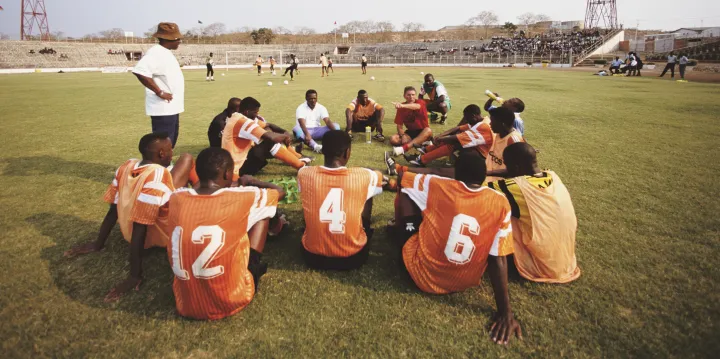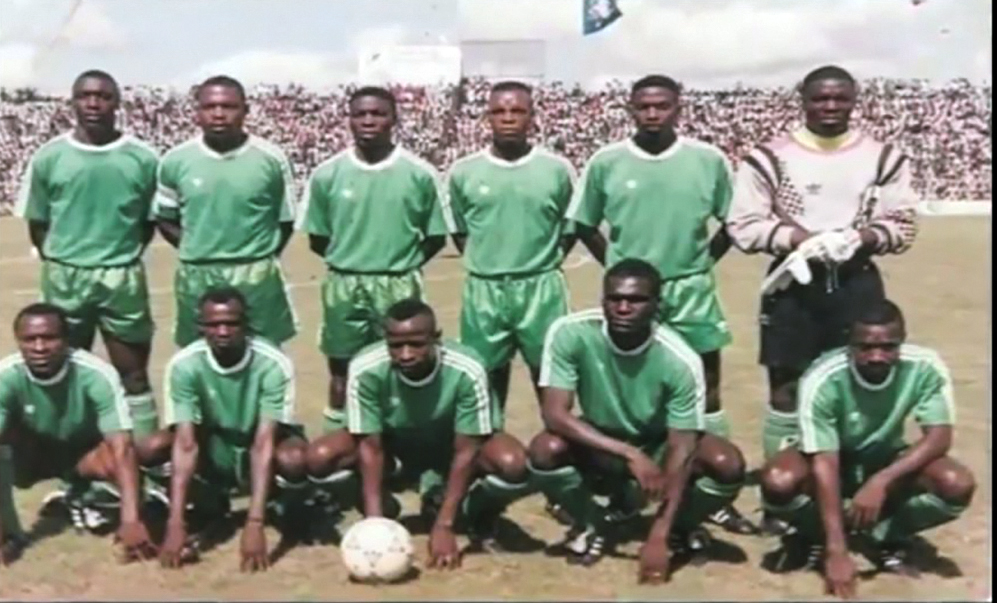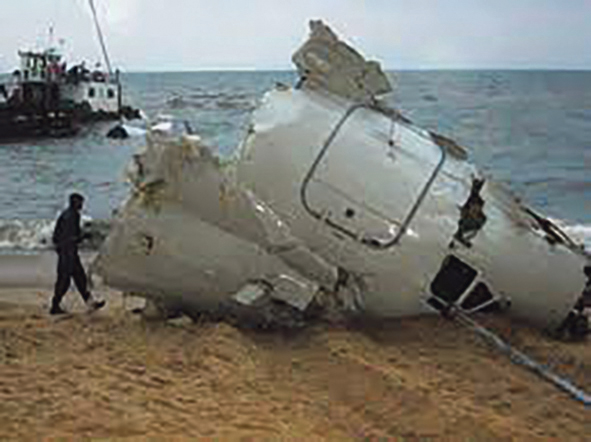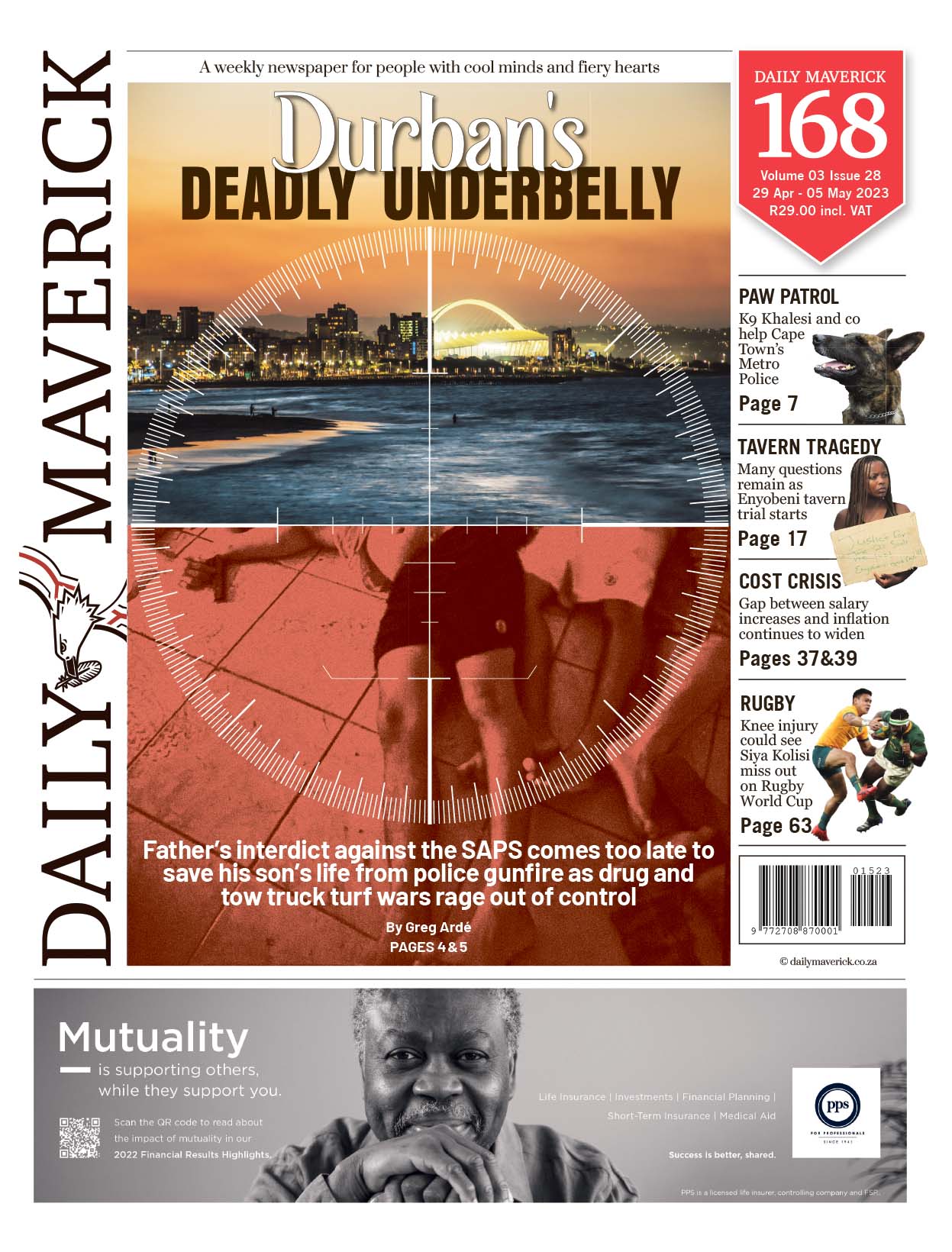IN MEMORIAM
The 30th anniversary of the 1993 plane crash that ended the dreams of Zambia’s national soccer team

The 28th of April 2023 marked the 30th anniversary of the air disaster that wiped out almost the entire Zambia national soccer team, shocking the sporting world and devastating a South African club.
On 28 April 1993, a Zambia air force plane crashed off the coast of Gabon just minutes after taking off from a refuelling stop. On board were 18 soccer players, two coaches, three support staff and five crew, all of whom died in the jarring tragedy.
The Zambian side were flying to Dakar for a World Cup qualifier against Senegal and included in their squad three players from Johannesburg club Dynamos, which had started the 1993 season in strong form, boosted by the quality of Wisdom Chansa, Samuel Chomba and the youthful centre back Robert Watiyakeni.
The Zambian trio’s influence cannot be understated. They had only played six games each for the club but had taken Dynamos to among the early season frontrunners and allowed the Lenasia-based outfit to believe that they might yet prove to be championship-winning material.
The three then headed off on international duty and never came back, their deaths having such a profound effect on their clubmates that Dynamos won only four more times in their next 32 matches and were relegated at the end of the same season.
‘Commando’: one of Africa’s best midfielders
General manager Najeeb Camaroodien ran the club and vividly remembers when he heard the news of the tragedy. “A newspaper reporter phoned me. I couldn’t believe it. I didn’t. It took all day for it to sink in.”
Camaroodien had gone to Zambia in 1992 to recruit players to strengthen a side that had high aspirations and had already won a cup the year before.
Chansa was signed on the spot, without Camaroodien watching him play but on recommendation of Zambian contacts.
Chansa was nicknamed “Commando” in his own country, had a reputation as one of African football’s best midfielders and was eager to move to South Africa, given the slim pickings for players in Zambia in those days.
“What a wonderful soul; everyone was charmed by him after just one or two days and the first time we saw him in training, he was phenomenal. And we had players like John Moeti, Edward Motale and Marks Maponyane with us at the time,” remembers Ashraf Mahomed, the club director and sponsor.
With South Africa’s return to world football imminent in mid-1992 and the new South African Football Association (Safa) not wanting to jeopardise their membership of Fifa and the Confederation of African Football (CAF), Dynamos were asked not to field Chansa and the giant centre back Watiyakeni.
The latter was a youthful talent who many were predicting would go on to great things, before the conclusion of the 1992 season.
Before that, South African clubs had been raiding their neighbours for their best talent and, because they were not part of the world football family, they were not obligated to pay any transfer fees.
“They stayed with us for a long time in limbo before they got to play,” says Camaroodien.
Dynamos added Chomba, whom Chansa had recommended and who they watched against the new Bafana Bafana in late 1992, to their roster for 1993. In those days, three foreigners were allowed per club.
The 1993 season started in February with the veteran Scottish coach Alex Forbes in charge, and the Zambia trio made an immediate impact.
“They played only the first six games of the season, but took us to top of the table,” recalled Camaroodien.
“We played Jomo Cosmos and Jomo, who knew the Zambians, told [his key midfielder] Innocent Buthelezi to sort out the Zambians. But he could hardly walk after the first half. The Zambians were so strong, Chomba’s legs were like rocks.
“Cosmos tried to kick him but they got hurt! Jomo came to me after the watch and said: ‘Najeeb, today I met my match.’ ”
Dynamos won the game 3-0. “It was an exciting time. Kids were pitching up to join our junior section and there was a real buzz about the club and then this tragedy happened. The whole morale of the club fell away. It was so devastating. I couldn’t even go to the stadium for the next three games,” adds Mahomed.
Camaroodien says: “It was something no one could have recovered from.” Apart from the human tragedy, there was a financial loss.
“It drained the club.”
Dynamos were also not given any time to mourn. They were playing a week after the tragedy, understandably losing at AmaZulu in Durban as they looked to restructure the side, precipitating a long slide down to oblivion.
“The morale of the team was gone.” Replacement players were later found in Zambia, Malawi and Zaire and were signed by the team to try to stem a rapid descent down the table.
“But they couldn’t make up for the three. They were strong characters and that’s what was impossible to replace.”
Relegation spelt the end of Dynamos, with no club from Lenasia ever making it back to the professional ranks.
No formal report
Thirty years on Zambia has yet to issue any formal report of its own, adding credence to cover-up claims, with exhausted families still wanting answers but long having given up hope of receiving any.
It took 10 years for civil aviation authorities in Gabon to conclude their investigation and produce a report, blaming pilot error and rickety aircraft.
This was a team of enormous potential, credible contenders for a World Cup berth in the US in 1994, and they were seen as potential future African champions, too.
Zambian football was on the march, having stunned the world with success for their side at the Olympics in Seoul five years earlier, where they beat Italy.
In those days there was no age limit for the Olympic men’s soccer tournament as there is today; countries outside Europe and South America sent their full national teams to the Games, whereas European and South American sides could not field players who had competed at a World Cup, but were also strong.
Zambia’s 4-0 win in Gwangju was a breakthrough for the African game. Kalusha Bwalya, who scored a hat-trick, was voted African Footballer of the Year in 1988 on the back of that achievement.
Players from that squad were still integral to the side five years on in 1993, when Zambia were drawn with Morocco and Senegal in a group from which the winner would advance to the World Cup finals.
The lucky ones
Kalusha was the captain of the team, its talisman and one of the few Zambians based overseas, playing at PSV Eindhoven.
He and Charles Musonda (at Anderlecht in Belgium), Stone Nyirenda (at Izegem in the lower leagues in Belgium) and Johnson Bwalya (Bulle in Switzerland) were all scheduled to fly directly from Europe to Dakar and join the team for the opening game in the final round of qualification.
Kalusha was at home in the Netherlands when the phone rang. He had his jogging shoes on and was planning to go out for a run, looking forward to travelling the next day and linking up with his compatriots.
He stood in shock as the caller from Zambia slowly broke the news.
He did not want to believe any of it. But then he turned on CNN and there it was, confirmation that his teammates had been wiped out.
Instead of climbing on the plane to Dakar, he flew home to Lusaka to lead the mourning as Zambia was plunged into grief, an entire nation in tears as their heroes were buried on the fringes of Lusaka’s Independence Stadium.
Today a monument stands next to their graves.
“There are no words to describe the devastation,” recalls Kalusha. “Our people didn’t stop crying. There was so much hope, so much excitement, and it was all just shattered.”
Zambia insisted on fulfilling its World Cup qualifying obligations and two months after the crash were playing again, hosting Morocco in an emotional game and coming from behind to win.
“The friends we had lost we had in our thoughts, and we gave such a wonderful performance for them,” says Kalusha.
Although the team did not qualify for USA ’94, they came within minutes of a place at the tournament, beaten controversially in Casablanca in their last group match.
Kalusha had been the engineer of their recovery, stepping into his role as the elder statesman of the side. “After the crash everyone thought we should stop and maybe forget about a national team for a few years but it was the president of the country, [Frederick] Chiluba, who phoned me and said, ‘We need to go on.’ ”
Two decades on from the crash Zambia eventually won the Cup of Nations title. Poignantly, it happened in Gabon, beating Didier Drogba and his powerful Ivorian side on a post-match penalty shootout in the final in the Gabonese capital, Libreville.
A few days before the game, the team had gone to the beach closest to where the plane had gone down and tossed wreaths into the sea, saying prayers and evoking emotions that would carry them to the crown. DM168
Mark Gleeson is a soccer writer who has been covering the domestic and African game since 1985.
This story first appeared in our weekly Daily Maverick 168 newspaper, which is available countrywide for R25.





















 Become an Insider
Become an Insider
Comments - Please login in order to comment.